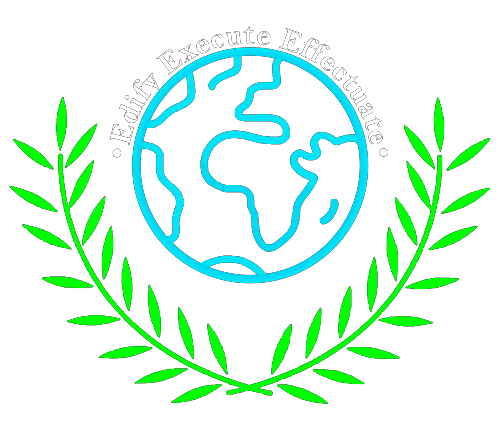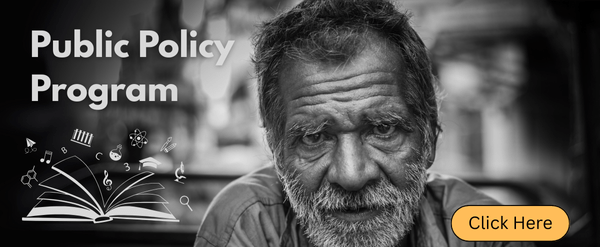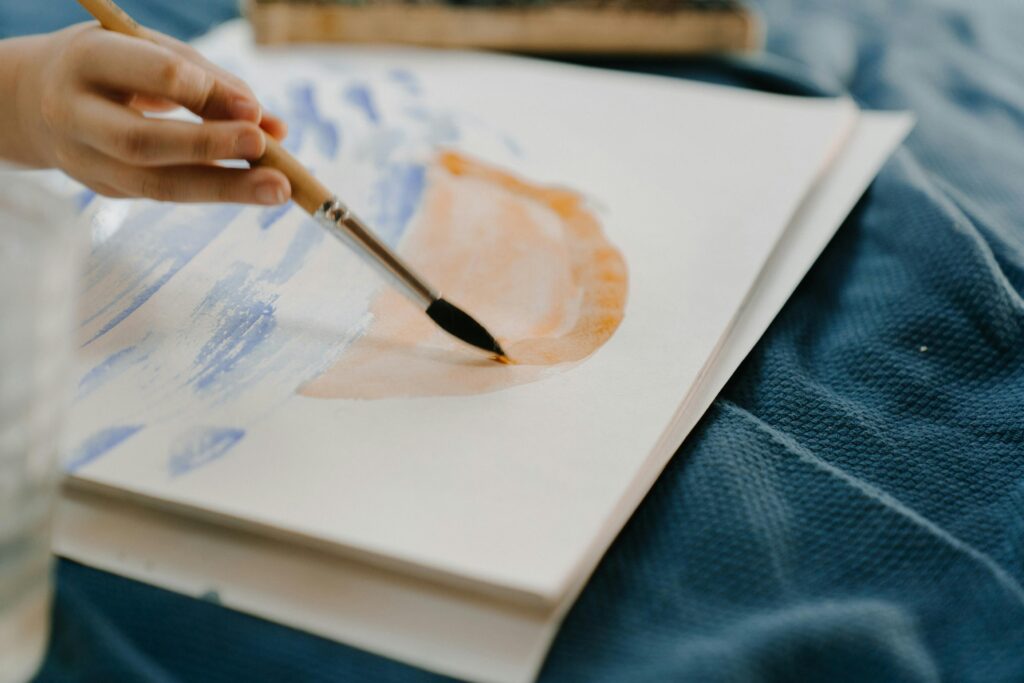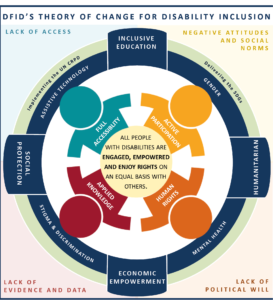by Sanjna Senthil Kumar
Introduction
Trauma affects millions worldwide, with significant mental health consequences such as post-traumatic stress disorder (PTSD), depression, and anxiety. Approximately 10 % of people exposed to a traumatic event develop posttraumatic stress disorder (PTSD) (Daskalakis et al., 2018). Conventional therapies such as cognitive-behavioural therapy (CBT) are widely used but can be insufficient for some individuals, particularly for whom verbal processing of trauma is challenging (van der Kolk, 2015). This necessitates the need to discover, and practise alternative treatments methods. In addition, it has been demonstrated that people with PTSD have memory deteriorations, specifically relating to verbal memory. (Samuelson, 2011) . In cases like these, Creative arts therapy (CAT) has emerged as an innovative and effective therapeutic approach for addressing trauma. (De Witte et al., 2021).
Creative Arts Therapy for Trauma Treatment
Trauma, often characterised by overwhelming emotional responses to distressing events, disrupts the brain’s capacity for memory processing and emotional regulation (van der Kolk, 2015). Traditional talk therapies, while effective for many, may not sufficiently address the needs of individuals who struggle to articulate their experiences due to trauma-induced linguistic impairments, often referred to as “speechless terror”. Western treatment protocols for psychological trauma often include recitation of narratives, despite evidence that the human brain’s storage of traumatic memories undermines verbalisation. Creative arts therapists overcome this paradox in trauma recovery through nonlinguistic communication methods (Harris, 2009). CAT offers an alternative, non-verbal pathway to healing, providing survivors with opportunities to express, process, and transform their experiences creatively.
Recent advancements in neuroscience and trauma therapy have highlighted the value of CAT, particularly in its ability to activate brain regions associated with sensory processing, emotional regulation, and memory reorganisation (Malchiodi, 2020). In culturally diverse settings, including India, CAT has proven to be adaptable, integrating indigenous art forms to create meaningful and relevant interventions.
Trauma: A Global and Indian Perspective
Trauma exerts profound effects on the mind and body, impairing emotional stability, cognitive functioning, and social relationships. An estimated 3.9% of the world population has had post-traumatic stress disorder (PTSD) at some stage in their lives. Up to 40% of people with PTSD recover within one year. Whilst there are many effective treatments for PTSD, only 1 in 4 people with PTSD in low and middle-income countries (LMICs) report seeking any form of treatment. Barriers to care include lack of awareness that PTSD can be treated, lack of availability of mental health services, social stigma and lack of trained mental health care providers (World Health Organization: WHO, 2024). Moreover, conventional therapies such as cognitive-behavioural therapy focus on verbal articulation of trauma. Yet this approach can be challenging for individuals whose traumatic experiences have disrupted the brain’s linguistic and cognitive processing abilities (van der Kolk, 2015).
In India, trauma emerges from unique sociocultural and systemic factors. High rates of domestic violence, communal violence, and displacement due to natural disasters or conflicts disproportionately affect vulnerable populations, including women, children, and marginalised communities (Jhaveri, 2020). Stigma surrounding mental health exacerbates the challenge, limiting access to traditional mental health care. Against this backdrop, CAT provides a culturally sensitive and accessible alternative by integrating local art forms such as rangoli, folk music, and traditional dance into therapeutic practices, fostering greater engagement and healing (Banerjee, 2024).
Mechanisms of Creative Arts Therapy in Trauma Recovery
Creative Arts Therapy engages non-verbal modes of expression, enabling trauma survivors to process their experiences without reliance on language alone. By tapping into the brain’s right hemisphere associated with creativity and sensory processing, CAT facilitates emotional expression and memory reorganisation. Neuroscience research has demonstrated that CAT activates neural pathways involved in trauma resolution, supporting emotional regulation and resilience (Hass-Cohen et al., 2018).
Art Therapy
Art therapy is one of the most widely recognized modalities of CAT, utilising visual expression to externalise trauma and emotions. Creating symbolic representations of distress allows individuals to gain distance from their experiences, fostering a sense of control and safety (Hass-Cohen et al., 2018). A study by Stuckey and Nobel (2010) found that trauma survivors engaging in art therapy experienced significant reductions in anxiety and depressive symptoms. Similarly, Chapman et al. (2001) observed that survivors of interpersonal trauma reported heightened resilience after participating in structured art therapy. Art therapy allows for the creation of symbolic representations of trauma, which research suggests can foster emotional regulation and provide distance from distressing experiences (Hass-Cohen & Carr, 2008; Schouten et al., 2014). In Sri Lanka art therapy workshops for tsunami survivors revealed significant reductions in PTSD symptoms among children, who used drawing to express grief and fear (Chilcote, 2007). A 4-week art therapy intervention was implemented at a local school for 113 children ages 5 to 13. Art therapy was found to be an effective cross cultural intervention for these young tsunami survivors.
Music Therapy
Music therapy employs rhythm, melody, and harmony to regulate emotions, reduce stress, and foster connection. Research indicates that music therapy aids in emotional regulation and stress reduction, which are essential for trauma recovery (Bensimon et al., 2008 ; Carr et al., 2011). Music therapy also fosters relaxation and lowers cortisol levels, helping patients manage symptoms of hypervigilance and anxiety (Silverman, 2003). Traditional Indian instruments like the sitar and tabla have been successfully integrated into therapeutic sessions, providing survivors with culturally resonant ways to engage in healing (Sundar, 2007).
Dance/Movement Therapy
Dance/Movement Therapy (DMT) emphasises bodily expression to process trauma held somatically. Trauma often manifests in physical symptoms, such as muscle tension and chronic pain, which DMT addresses by reconnecting individuals with their bodies and fostering a sense of agency (Tomaszewski et al., 2023). Dance/movement therapy, which emphasises physical expression, helps individuals process trauma held in the body, a phenomenon often referred to as “somatic memory” (Bujorbarua, 2020). Individuals therefore experience increased bodily awareness and reduced somatic symptoms related to trauma (Steinberg-Oren et al., 2016).
In India, Bharatanatyam-based dance therapy programs for survivors of abuse have been effective in reducing dissociation and improving self-esteem, as movement encourages survivors to reclaim their physical presence and autonomy. Bharatanatyam can be useful in a therapeutic session to facilitate navigation through checking in with our bodies and finding expression of thoughts and emotions (Bharath, n.d.).
Trauma-Informed Expressive Arts Therapy
Trauma-informed expressive arts therapy (TIAET) is a comprehensive, multimodal approach that integrates visual arts, music, movement, and storytelling within a trauma-sensitive framework. It prioritises the creation of a safe, non-threatening environment where survivors can gradually explore and process their emotions without fear of retraumatization. By engaging sensory and emotional systems, TIAET aligns with neurobiological principles of trauma recovery, facilitating the reorganisation of fragmented memories and promoting resilience (Malchiodi, 2020). Evidence highlights TIAET’s effectiveness in alleviating PTSD symptoms across various populations. A systematic review by Baker et al. (2018) found that creative arts therapies, including art, music, and drama therapy, significantly reduced PTSD symptoms among adults. For children exposed to trauma, TIAET has shown remarkable benefits in enhancing emotional regulation and fostering resilience. Music therapy programs have been instrumental in promoting social integration and reducing anxiety in individuals affected by displacement and war (Heynen et al., 2022). Drama therapy complements these approaches by enabling survivors to reconstruct disrupted narratives and reclaim agency, making it a critical component of TIAET in addressing both individual and collective trauma. This multimodal framework’s adaptability to diverse cultural and clinical contexts underscores its potential as a cornerstone of trauma-informed care.
Benefits of CAT
One of CAT’s strengths is its adaptability to diverse cultural contexts. In India, traditional art forms are integrated into therapeutic practices to ensure cultural relevance and acceptance. For instance, rangoli art, an indigenous practice involving intricate patterns, has been used in therapy to foster mindfulness and emotional expression (The Power of Creativity : A Rundown Into Art Therapy in India, n.d.). Globally, CAT programs have been tailored to the cultural needs of different populations. For example, Kalmanowitz and Ho (2016) incorporated mindfulness techniques into art therapy for refugees, blending Eastern and Western therapeutic approaches to create holistic interventions.
CAT offers numerous benefits, including accessibility for individuals who struggle with verbal therapies. By engaging sensory and emotional systems, CAT facilitates holistic healing, addressing psychological, emotional, and physical dimensions of trauma (Malchiodi, 2020). Its adaptability to diverse cultural contexts enhances its relevance, making it a valuable tool in both global and local trauma care frameworks.
Conclusion
Despite its promising features, CAT faces certain challenges. Limited access to trained therapists, particularly in rural areas pose issues in terms of widespread accessibility. In India, scaling CAT through training programs and policy integration can address systemic barriers and expand access to trauma-informed care. With the global understanding of trauma evolving, CAT’s role in trauma-informed care is likely to expand as well. By integrating CAT into mental health policy frameworks and continuing research into its applications, therapists can provide survivors with innovative pathways to recovery, helping them reclaim their narratives and rebuild their lives in a therapeutic way that best suites them.
References
Bensimon, M., Amir, D., & Wolf, Y. (2007). Drumming through trauma: Music therapy with post-traumatic soldiers. The Arts in Psychotherapy, 35(1), 34–48. https://doi.org/10.1016/j.aip.2007.09.002
Bharath, M. M. (n.d.). Bharatanatyam, An Effective Psychotherapeutic Intervention in Dance/Movement Therapy. DigitalCommons@SarahLawrence. https://digitalcommons.slc.edu/dmt_etd/92
Bujorbarua, P. (2020). EXPRESSIONS THROUGH MOVEMENT AND DANCE: EXPLORING THE MIND-BODY CONNECTION AND ITS IMPLICATIONS ON THE WELL-BEING OF YOUNG REFUGEE CHILDREN (By B. Jegatheesan, C. Peck, & H. Wiley). https://healqld.com.au/wp-content/uploads/2023/04/Expressions-through-movement-and-dance-refugee-children-PhD-thesis-2020.pdf
Carr, C., D’Ardenne, P., Sloboda, A., Scott, C., Wang, D., & Priebe, S. (2011). Group music therapy for patients with persistent post‐traumatic stress disorder – an exploratory randomized controlled trial with mixed methods evaluation. Psychology and Psychotherapy Theory Research and Practice, 85(2), 179–202. https://doi.org/10.1111/j.2044-8341.2011.02026.x
Chapman, L., Morabito, D., Ladakakos, C., Schreier, H., & Knudson, M. M. (2001). The Effectiveness of Art Therapy Interventions in Reducing Post Traumatic Stress Disorder (PTSD) Symptoms in Pediatric Trauma Patients. Art Therapy, 18(2), 100–104. https://doi.org/10.1080/07421656.2001.10129750
Chilcote, R. L. (2007). Art Therapy with Child Tsunami Survivors in Sri Lanka. In Art Therapy: Journal of the American Art Therapy Association (Vol. 24, Issue 4, pp. 156–162). AATA, Inc. https://files.eric.ed.gov/fulltext/EJ791439.pdf
De Witte, M., Orkibi, H., Zarate, R., Karkou, V., Sajnani, N., Malhotra, B., Ho, R. T. H., Kaimal, G., Baker, F. A., & Koch, S. C. (2021). From Therapeutic Factors to Mechanisms of Change in the Creative Arts Therapies: A Scoping Review. Frontiers in Psychology, 12. https://doi.org/10.3389/fpsyg.2021.678397
Harris, D. A. (2009). The paradox of expressing speechless terror: Ritual liminality in the creative arts therapies’ treatment of posttraumatic distress. The Arts in Psychotherapy, 36(2), 94–104. https://doi.org/10.1016/j.aip.2009.01.006
Hass-Cohen, N., Bokoch, R., Findlay, J. C., & Witting, A. B. (2018a). A four-drawing art therapy trauma and resiliency protocol study. The Arts in Psychotherapy, 61, 44–56. https://doi.org/10.1016/j.aip.2018.02.003
Hass-Cohen, N., Bokoch, R., Findlay, J. C., & Witting, A. B. (2018b). A four-drawing art therapy trauma and resiliency protocol study. The Arts in Psychotherapy, 61, 44–56. https://doi.org/10.1016/j.aip.2018.02.003
Ho, J. M. C., Chan, A. S. W., Luk, C. Y., & Tang, P. M. K. (2021). Book Review: The Body Keeps the Score: Brain, Mind, and Body in the Healing of Trauma. Frontiers in Psychology, 12. https://doi.org/10.3389/fpsyg.2021.704974
Jhaveri, K. (2020). Healing Roots of Indigenous Crafts. In Routledge eBooks (pp. 118–130). https://doi.org/10.4324/9781003050513-10
Routledge. (n.d.). Hand-building the sense of self: art therapy with Indian women in an assisted-living facility for the ‘homeless.’ Taylor & Francis. https://www.tandfonline.com/doi/full/10.1080/17454832.2024.2416904#abstract
Samuelson, K. W. (2011). Post-traumatic stress disorder and declarative memory functioning: a review. Dialogues in Clinical Neuroscience, 13(3), 346–351. https://doi.org/10.31887/dcns.2011.13.2/ksamuelson
Schouten, K. A., De Niet, G. J., Knipscheer, J. W., Kleber, R. J., & Hutschemaekers, G. J. M. (2014). The Effectiveness of Art Therapy in the Treatment of Traumatized Adults. Trauma Violence & Abuse, 16(2), 220–228. https://doi.org/10.1177/1524838014555032
Silverman, M.J. (2003) Music Therapy and Clients Who Are Chemically Dependent A Review of Literature and Pilot Study. The Arts in Psychotherapy, 30, 273-281. – References – Scientific Research Publishing. (n.d.). https://www.scirp.org/reference/referencespapers?referenceid=1335139
Steinberg-Oren, S. L., Krasnova, M., Krasnov, I. S., Baker, M. R., & Ames, D. (2016, July 1). Let’s Dance: A Holistic Approach to Treating Veterans With Posttraumatic Stress Disorder. https://pmc.ncbi.nlm.nih.gov/articles/PMC6366571/
Stuckey, H. L., & Nobel, J. (2009). The Connection Between Art, Healing, and Public Health: A Review of Current Literature. American Journal of Public Health, 100(2), 254–263. https://doi.org/10.2105/ajph.2008.156497
Sundar, S. (2007). Traditional healing systems and modern music therapy in India. ResearchGate. https://www.researchgate.net/publication/242391459_Traditional_healing_systems_and_modern_music_therapy_in_India
Tomaszewski, C., Belot, R., Essadek, A., Onumba-Bessonnet, H., & Clesse, C. (2023). Impact of dance therapy on adults with psychological trauma: a systematic review. European Journal of Psychotraumatology, 14(2). https://doi.org/10.1080/20008066.2023.2225152
Trauma and expressive arts therapy: Brain, body, and imagination in the healing process. (n.d.). https://psycnet.apa.org/record/2020-15662-000
World Health Organization: WHO. (2024, May 27). Post-traumatic stress disorder. https://www.who.int/news-room/fact-sheets/detail/post-traumatic-stress-disorder






